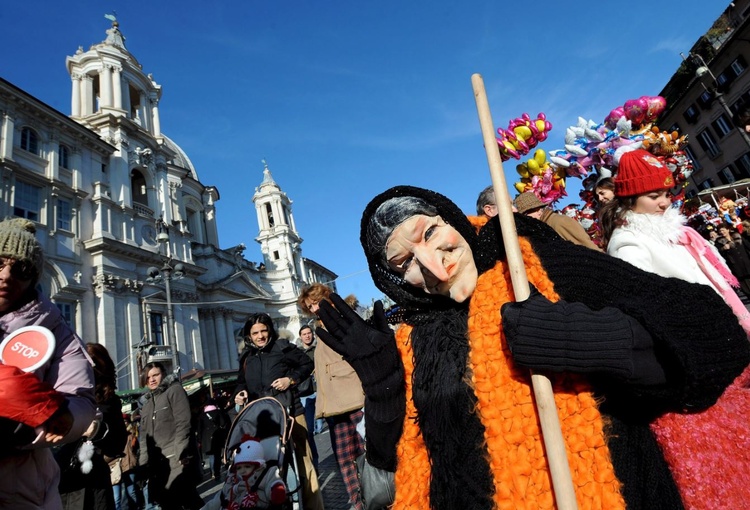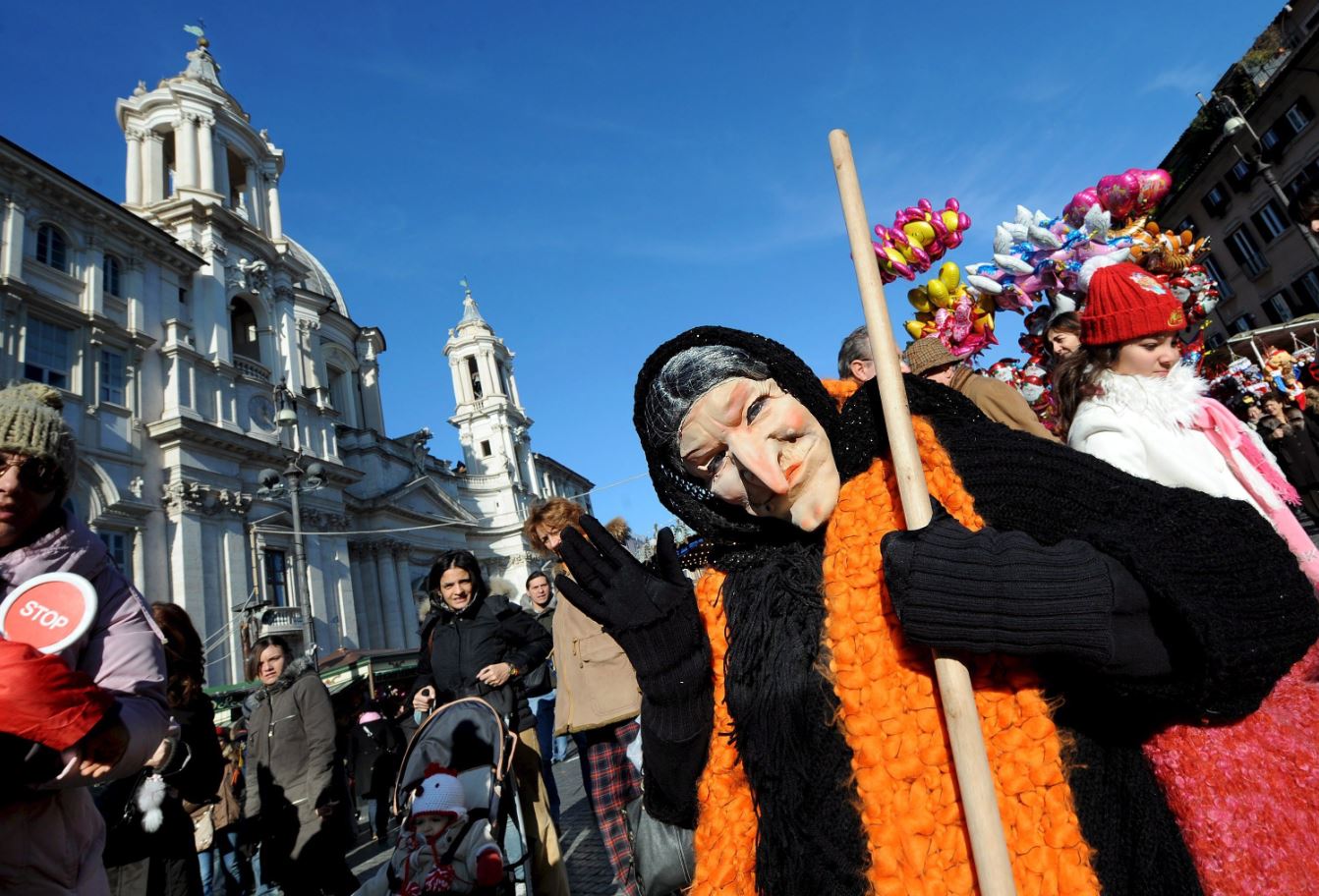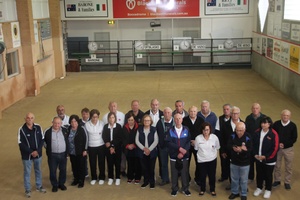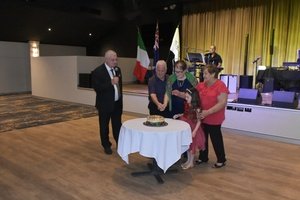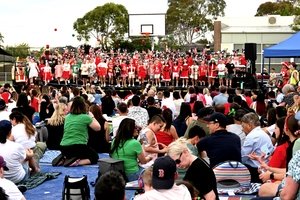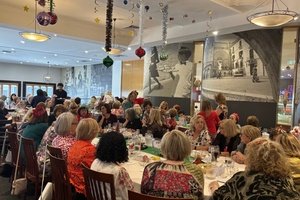The Epiphany is celebrated throughout Italy on January 6, and each region of the Bel Paese has its own customs and traditions to commemorate the day.
Certainly, the ritual of hanging stockings on the chimney to be filled with sweets is the most popular throughout the country. But there is also no lack of events and festivals being held, and as with any Italian festivity, of course there are several typical dishes prepared specially for the day.
On the one hand, this festivity has religious origins: it marks the day of the arrival of the Three Wise Men in Bethlehem on the occasion of the birth of Jesus, to bring him gold, frankincense and myrrh.
On the other hand, the little old lady dressed in rags that brings sweets to good children and coal to bad ones by flying on her broomstick has no legitimate roots within Christianity. There are thus various legends linked to the figure of La Befana, just as each region of Italy has its own way of spending January 6.
So what do Italians do to celebrate the Epiphany? Here are four traditions followed on January 6.
L'Epifania tutte le feste porta via (The Epiphany takes all holidays away): this all-Italian saying perfectly sums up the melancholy of January 6, which, despite being a day of festivity and fun (especially for children), also brings with it an awareness of the end of the holiday period. To enjoy it to the fullest, there is no shortage of traditional events and festivals, from the north to the south of the country. And there is no shortage of traditional dishes, especially sweets, to bring to the table and enjoy with friends.

A traditional Panevin. (Photo: ANSA)
The Friulian Panevin
Panevin is the bonfire, as it is called in Friuli Venezia Giulia. Here, on January 6, it is customary to organise auspicious bonfires: the fire is a way of attracting positive fortune, because the flames symbolise the disruptive force of the new that advances and burns away the old to make room for itself. The direction of the smoke allows patrons to determine the direction that the new year will take ― whether it will be lucky or not. It is important that the sparks are high, so participants stoke the fire using a pitchfork.
The Befana Regatta
For this custom one has to travel to the Veneto region, to Venice to be precise. The city hosts the traditional Befana Regatta every year. A procession of boats parades along the Grand Canal with people on board dressed as Father Christmas and La Befana.

The Befana Regatta in Venice. (Photo: AAP)
The National Gathering of Befane and Befani
This gathering takes place in Fornovo Taro, in the province of Parma. The town is filled with hundreds of people in costume for the occasion, and amidst singing and dancing, a Madame Befana and Mounsieur Befano are elected.
Foods that cannot be missed
Sweets are the star foods of this day. Not only those that children receive in their stockings left hanging in the house, but also those that it is customary for adults to bake, each according to local tradition. Fugassa d'la Befana is typical of Piedmont ― an aromatic focaccia enriched with candied fruit and sultanas. So-called befanini are Tuscan shortbread biscuits, loved especially by the little ones because they are covered in coloured sugar. Pepatelli, on the other hand, are made in southern Italy: they are biscuits made with honey, almonds and orange peel enriched with pepper, which gives them a particularly spicy flavour.
The true story of the Befana: the origins between legends and curiosities
We imagine her on a broomstick, old, dressed in rags and with a long, crooked nose: but what does La Befana have to do with the Three Wise Men?
One of the legends linked to Epiphany tells that on the journey to Bethlehem, Gaspar, Melchior and Balthasar asked an old woman for information. They invited her to join them but she refused. When she arrived home, regretting her decision, she started looking for the three men and the newborn Child, knocking on every door, giving sweets to the children she met along the way. That is why, ever since, it is said that she continues to fill the stockings of children all over the world with gifts.
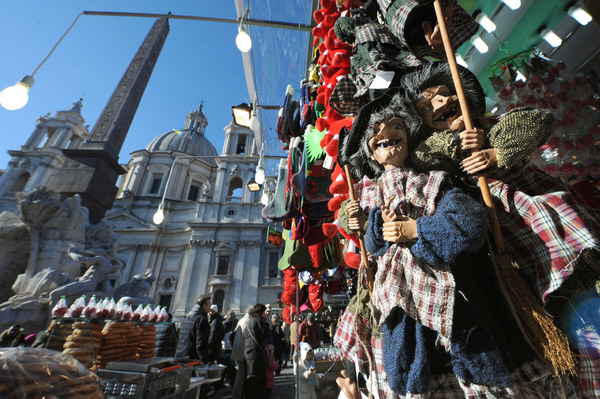
A traditional La Befana puppet. (Photo: ANSA)
A second legend has it that La Befana is none other than Mother Nature. On the night between January 5 and 6, she appeared in the form of a witch on a broomstick: in pagan seasonal rites, a branch was symbolically burnt to indicate the rebirth of nature. It is no coincidence that even today in some parts of Italy a puppet in the guise of a witch is burnt as a good luck charm and to ward off bad energy.
But where does the name Befana come from? It is supposed to be the Greek 'Epiphany', meaning 'divine manifestation', or 'apparition'. With linguistic evolutions the word first became 'bifania', then 'beffania' and finally, the one we know today.
